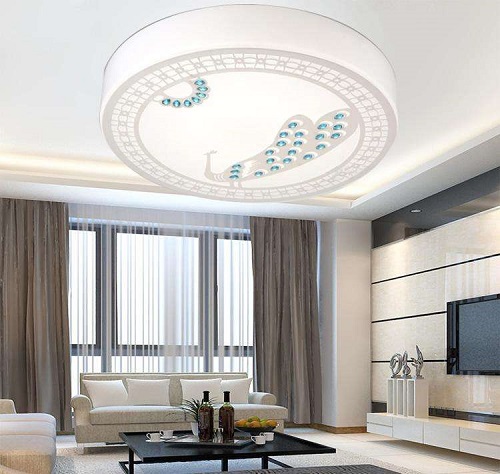








Specifying a resistor might seem easy, but for many uses it is necessary to comprehend every aspect of the application’s requirements. This is especially true in newer markets, such as high-power LED lighting.
Interested in articles & announcements on LED & SSL design?
This article will investigate how LEDs operate and how to correctly bias the LED for the optimal lighting performance. The article will also look at the operating characteristics of the LED to find out the best topology for lighting installations, and how driving LEDs in series can be more efficient. It will show the importance of temperature stability in maximizing the output, as well as keeping the color regular, enhancing reliability, and prolonging operating life.
An understanding of the principles behind biasing of LED-based solid-state lighting (SSL) will show that the ballast resistor will be responsible for dissipating several watts. To carry out this task requires a high-power resistor that may need heat sinking. This requirement complicates the design, but is necessary for the optimal operation of the LED.
It is important to demonstrate practical solutions alongside theoretical examples. For these practical examples, the article will use resistors from resistor manufacturer and supplier Riedon. The main ranges that will be highlighted are the UT series wirewound resistors that can dissipate up to 13W, and the PF power film range that can dissipate 20W. Alternative choices will also be presented for applications that require heat sinking, or for surface mounting.
Copyright 2006-2025 Shanghai Sinoexpo Informa Markets International Exhibition Co., Ltd. All rights reserved